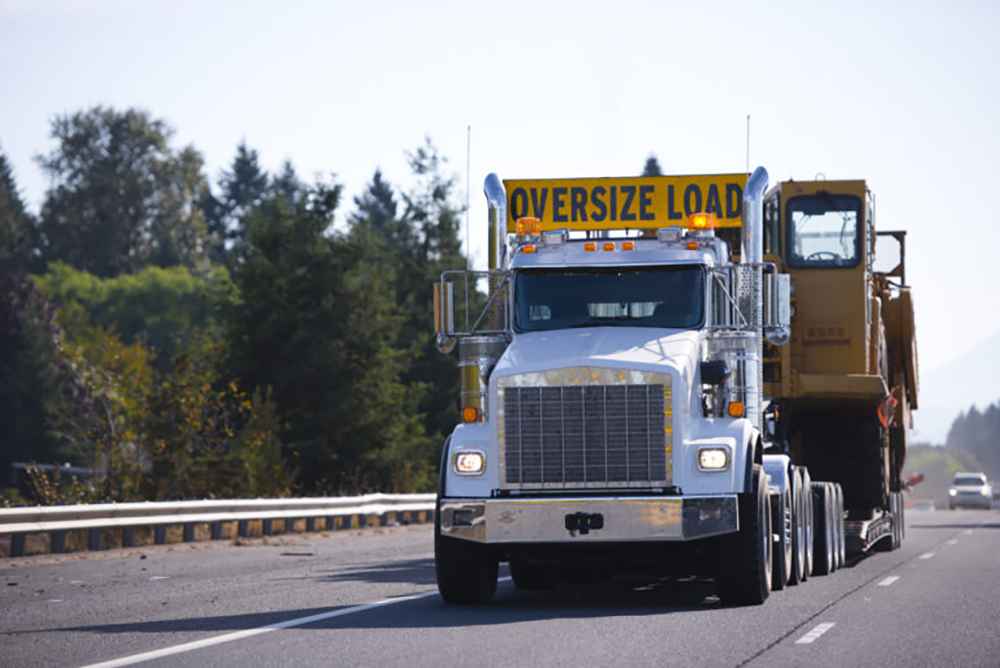 Got a large load? Here’s what you need to know about over dimensional freight before you hit the road.
Got a large load? Here’s what you need to know about over dimensional freight before you hit the road.
Shipping over-dimensional cargo is challenging. An over-dimensional freight shipment needs adequate preparation. Lack of proper preparation puts you at risk of losing your cargo or spending way more than you had intended to.
Huge loads such as construction machines, military equipment, vehicles, and agricultural machines are complex to transport. These loads exceed the standard height, length, and weight of regular cargo. When shipping such goods, you have to adhere to strict rules and regulations. These rules are put in place not just for your safety but also for the safety of your goods.
A smooth and incident-free shipment is possible. This is regardless of whether you are shipping domestically or internationally. So, before you embark on your journey, here are essential factors you need to know.
Factors to consider when shipping over-dimensional freight
1. Dimensions
Have a clear record of the dimensions of your cargo. To do this, carefully measure your cargo size. This includes the height, weight, and width. The shape of your cargo is also a crucial piece of information since different shapes require different equipment to transport.
2. Method of shipment
You must find a suitable method of shipment for your goods. Do this by considering such determinants as your budget and shipping destination (locally or internationally).
3. Paperwork
Over-dimensional freight requires a lot of paperwork. For instance, depending on the type of goods you have, you need a permit. Remember that every state has its own set of rules and regulations. Be careful to get the relevant paperwork for your shipment. If you are shipping internationally, contact the local authorities of the country of destination and get the required paperwork.
4. Plan for unpredictable circumstances
Anything can happen when your shipment is in transit. You cannot guarantee the safety of your goods. Moreover, you have very little control over your cargo once it's in transit. For this reason, you need to anticipate and prepare for unforeseen circumstances. A good way of doing this is getting insurance cover. Also, ensure only qualified personnel handle your goods.
5. Safety equipment
To ensure your safety and those of others when on transit, you need to have safety equipment. For example, when transporting large loads on trailers, you need to have flags and lights on the trailers. The flags need to be bright-colored, preferably red or orange, while the lights are usually amber. This way, other motorists can easily spot your cargo and give way.
6. Escort vehicles
You need escort vehicles if you are transporting your load by road. These vehicles help warn other road users to make way for you.
Through our member companies, the ShipNorthAmerica Network provides a broad range of services in specialized freight movement. Visit our blog for more articles, news and updates for the transportation industry.
